Tariffs Bite, FX Reserves Strain, Won Slides—Korea Warns of Risks in U.S. Trade Talks
Input
Modified
“No Room for Massive U.S. Investment”: Korea’s FX Reserves Just 22.2% of GDP Tariff Pressures Begin to Hit Exports to the U.S. Won-Dollar Exchange Rate Slides Despite Weak-Dollar Trend
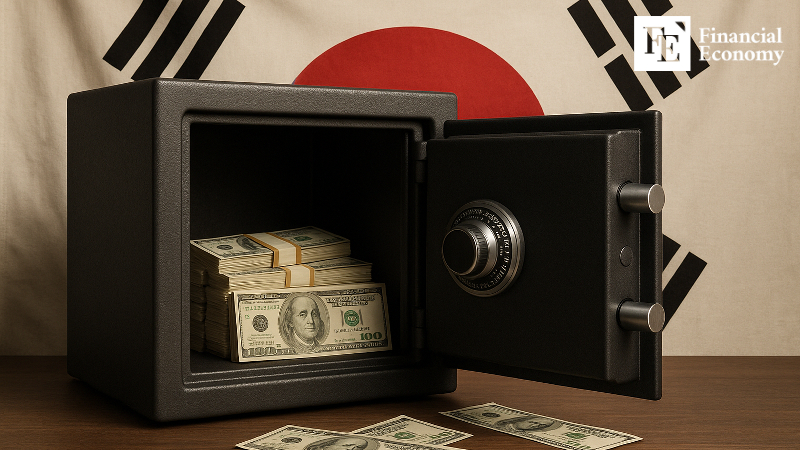
Korean President Lee Jae-myung has expressed reluctance over the proposed $350 billion investment plan tied to tariff negotiations with the United States. With Korea’s foreign reserves relatively limited compared to other major Asian economies, he warned that a hasty investment could risk triggering a repeat of the 1997 financial crisis. Markets echo the concern, cautioning that shrinking exports to the U.S. and a weakening won already pose significant challenges, making such a large outflow of reserves a risky misstep.
Warning Lights Flash Over Korea’s FX Reserves Amid U.S. Investment Talks
On the 21st, Reuters reported that President Lee said in an interview on the 19th, “Due to differences over the investment method, Korea and the United States have not yet been able to formalize a trade agreement.” Since July, the two sides have been working on the basis of a verbal deal: Washington would lower tariffs on Korean goods in exchange for a $350 billion Korean investment in the U.S. Lee warned, however, that “if we proceed as the U.S. demands—investing the entire $350 billion in cash without a currency swap—Korea could face a situation similar to the 1997 financial crisis.”
Lee’s reluctance stems from the limits of Korea’s foreign reserves. At the end of last year, Korea’s nominal GDP stood at $1.87 trillion, while reserves were $416 billion—just 22.2% of GDP, a ratio far lower than other major Asian economies. Taiwan, with a GDP of $782 billion—less than half of Korea’s—held $577 billion in reserves, equal to 73.7% of GDP. Japan’s reserves amounted to 30.6% of GDP, and as a quasi-reserve currency issuer, Tokyo also maintains an unlimited swap line with the U.S.
The composition of Korea’s reserves adds to the concern. Only about 4% is in assets readily convertible to cash, while the bulk consists of less liquid holdings such as U.S. Treasuries and mortgage-backed securities. Analysts warn that channeling what little cashable assets remain into a U.S. investment fund could quickly deplete liquidity in Korea’s currency markets, leaving the economy vulnerable.
Korean Exports to U.S. Struggle Under Tariff Burden
Analysts warn that Korea’s already limited foreign reserves could come under further strain as U.S. tariffs sharply weaken exports. According to the Ministry of Trade, Industry and Energy, only 4 out of Korea’s top 15 export categories to the U.S. showed growth last month. Most gains came from tariff-exempt goods such as semiconductors (up 56.8% to $810 million), petroleum products (up 15.4% to $390 million), and wireless devices (up 34.2% to $940 million). Washington has so far spared semiconductors and smartphones from duties, citing separate tariff categories, and has exempted energy products on national security grounds.
By contrast, autos—the largest export category—took a direct hit, with shipments down 3.5% to $1.58 billion. Auto parts fell 14.7% to $443 million. Steel exports plunged 32.9% to $150 million, the steepest drop this year, as many firms abandoned shipments after U.S. steel tariffs were raised to 50% in June. Other steel-linked industries also suffered, with general machinery exports down 12.8% and home appliances down 26.8%.
Overall, Korea’s exports to the U.S. fell 12% year-on-year to $8.74 billion in July, the lowest monthly total since January 2023 and the sharpest decline since the COVID-19 pandemic. The trade ministry noted that the delayed impact of U.S. tariff hikes is now starting to show clearly in export data.
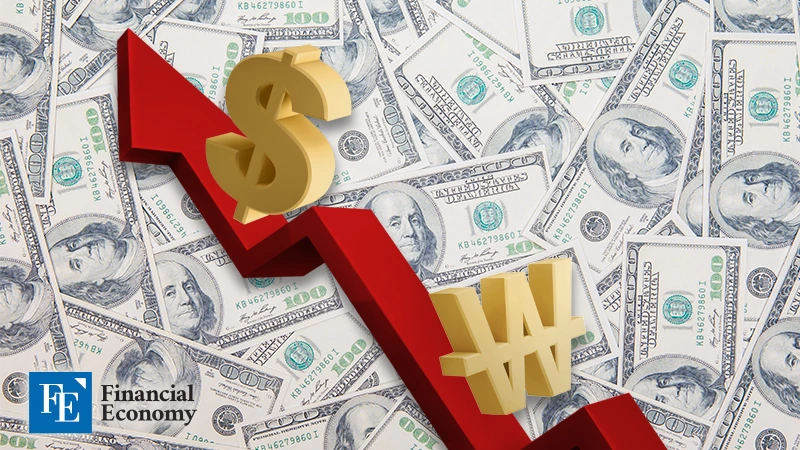
Won Weakness Adds to Exchange Rate Volatility
The persistent slide of the Korean won has become another source of concern. According to Seoul Foreign Exchange Brokerage, the won-dollar rate closed at ₩1,392.6 per dollar as of 3:30 p.m. on the 22nd—hovering near the ₩1,400 mark, despite the U.S. dollar index falling below the 100 baseline against six major currencies. Lee Joo-won, an analyst at Daishin Securities, noted: “From early August highs, the dollar index and the dollar-yen rate each fell 3.8% and 2.9%, while the won-dollar rate declined only 1.7%—evidence that the won is under disproportionate pressure.”
Several factors are driving the weakness. Rising overseas investments by individuals and institutions, along with greater direct corporate investment in the U.S., have structurally increased dollar demand in Korea’s FX market. “Koreans’ U.S. stock holdings are accumulating, and institutional demand for dollar conversion is significant,” Lee explained. Some companies are reportedly holding on to export earnings in dollars rather than converting them, in anticipation of large-scale U.S. investments.
Interest rate differentials and tariff talks are adding further strain. Although the Federal Reserve’s 0.25 percentage-point cut on the 17th narrowed the Korea-U.S. rate gap to 1.75 percentage points, the spread remains substantial. Meanwhile, fears that trade negotiations could trigger a massive outflow of reserves have further weakened sentiment. Economist Wi Jae-hyun at NH Futures noted: “Even the mere prospect of a large-scale FX outflow has prompted unusual levels of dollar buying by foreign investors.”

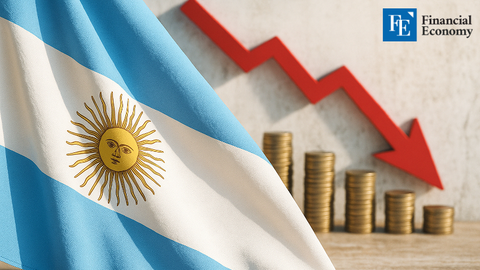
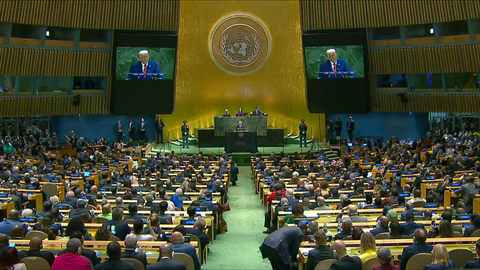
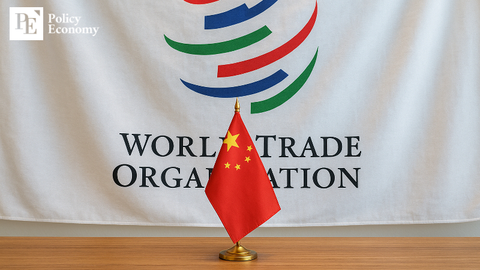

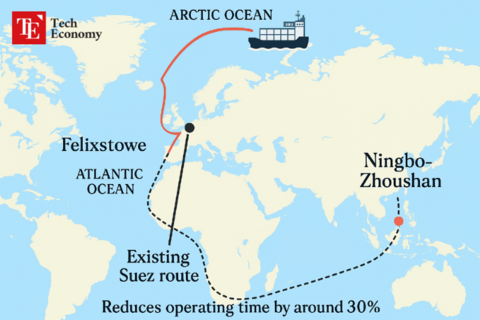
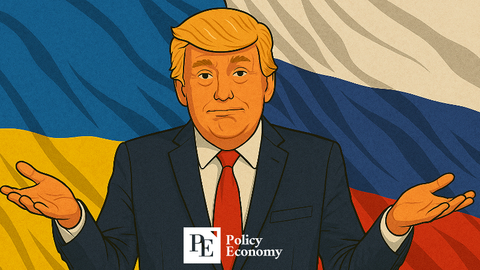


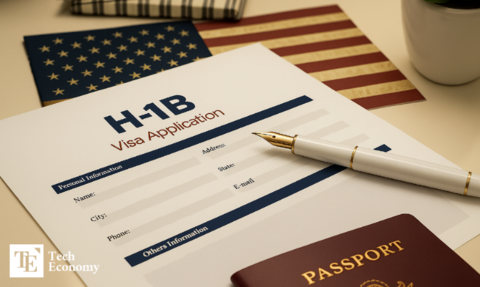












Comment